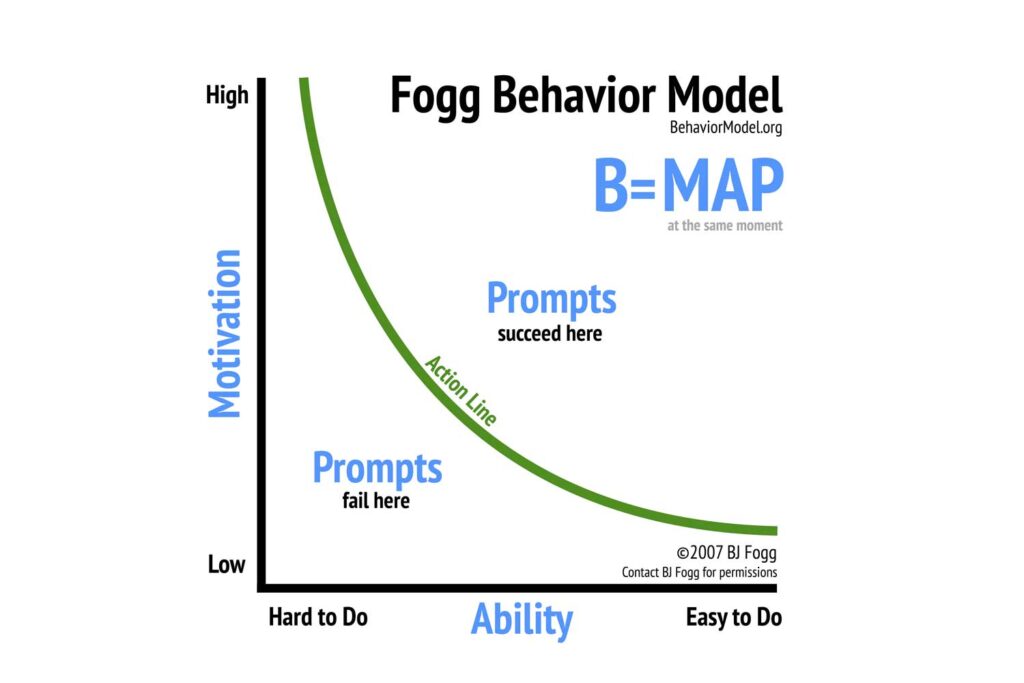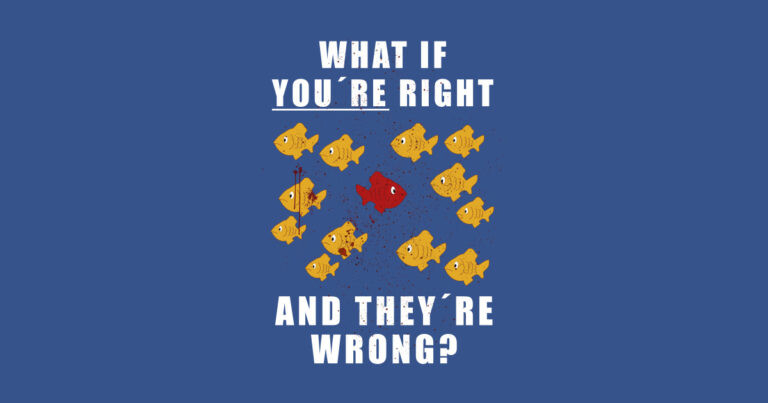Note: The article was first published on 21st November 2024 on Linkedin.
Digital technology has been reshaping consumer patterns for a long time. It’s dynamic. It’s unpredictable. It needs constant experimentation.
As a digital marketer, you need to equip yourself with the latest updates in the marketing world. And how it uses human psychology to influence customers and increase conversions.
This approach goes beyond analytics. It uses psychological frameworks to understand consumer behavior and buying patterns.
No doubt, there are tons of courses and resources available online. However, my quest to equip myself ended at the most prestigious online institute, CXL.
It has industry experts on board. Moreover, their courses have tons of real-life studies and practical exercises that help us to understand the concepts.
I have enrolled in the mini degree “Digital Psychology and Persuasion.” The first course in the mini-degree program was “People and Psychology.” It is an eye-opening course for marketers and content strategists as it deviates from the standard rules of marketing.
Without further ado, let’s dive in for the nuggets of wisdom that I found in this course.
Table of Contents
7 Kinds Of Buy Buttons In Our Mind
Cialdini wrote a great book, “Influence,” in which he states 7 rules of persuasion. If you understand and apply these rules in your marketing campaigns, they can help you to boost conversions.
One of the rules says that human beings are hardwired to return favors. They don’t like to be indebted and try to return the favor as soon as possible.
How to apply: You can use this rule to increase your conversions by offering freebies, free trial periods, and free resources to download. So they can benefit and, later, be more likely to buy something from you.
One of my favorite content marketing blogs, Copyblogger, is the perfect example of reciprocity. It offers tons of free materials such as ebooks, webinars, articles, podcasts, and whatnot to its visitors that can be accessed with a free membership.

We, humans, have an innate desire to belong to groups. Either because we don’t want to feel left out or to remain on the safe side in case of a wrong choice.
As a marketer, you can use this rule by showings social proof on your website and web copy. Influencer marketing, user testimonials, celebrity endorsements, and social media shares are some examples of social proof.
Another unique way of showing social proof is to show how many customers are buying your products at a given time.

When something is scarce, its demand increases. It is called the rule of scarcity. It is one of the most important and used rules of persuasion. Amazon is the master of scarcity.

You must have witnessed it on hotel and airline booking sites. Statements like “1 room left” or “2 tickets left for this price” work magic on us. Funny enough, it still works when people are aware of this tactic and still like to be used by this.

3 Key Ingredients Of A Behavior
Why do people behave when they do? What are the key elements that propel someone to take action? Dr. BJ Fogg investigated these questions and came up with a behavioral model called Fogg’s Behavior Model.
He said there are 3 key elements for a behavior to occur:
- level of motivation,
- ability to do the task,
- a trigger.
Behavior = motivation × Ability × Trigger
You can visualize this model in this way:

When one of the key elements is missing, a behavior will not occur.
If you are highly motivated to do something but lack the ability to do it, you feel frustrated. If you have low motivation, but the work is easy to do, you get annoyed.
You can use this model to analyze your website. Ideally, your customer is already motivated, which is why he/she has come to your site. You only need to work on the ability and proper trigger to help them to take action.
- First, define the specific action you want your user to take, aka your conversion goal.
- Then, see if your customer can easily perform the task. Is it easy to do? Sometimes, simplicity is much better than motivation.
- Finally, without a proper trigger, the behavior will not occur even if both motivation and ability are high. Every Call To Action button on a website is a trigger that propels your visitor to take action.
Do you remember those Facebook emails that said someone had tagged you in a photo? How can you resist not opening these emails? It has high motivation, ability, and a strong trigger saying “see the photo” CTA within the same email.
You need to have compelling CTAs or triggers if you want your business to succeed. Quoting Peep:
Obsess about triggers like your business depended on it (since it does).
Peep Laja
Neuromarketing – The Future of Marketing
Neuromarketing is a fancy word. Right?
Well, not so. Because it is the future of marketing, what’s the difference? You ask.
Conventional marketing asks people if they want it or not. Neuromarketing looks at people’s body changes, eye movements, and brain activity to discern what they will like and prefer to do.
Daniel Kahneman is a world-renowned economy Nobel Prize winner and author of a famous book called “Thinking, Fast and Slow.” According to him, we have two brains. One is known as System 1, and the second one is called System 2.

System 1 is primal and also known as the reptilian brain. System 2 brain is rational and logical. Each brain performs a different role in our decision-making process.
But when it comes to persuasion and final decision-making, our primal brain is the authority. The System 1 brain is selfish and always thinks about itself. It is always active and asks questions like “What’s in it for me.”
How to Persuade the Primal Brain: The Brain That Rules!
Neuroscience states six stimuli by which we can persuade our primal brain. They are:
Contrast and Comparison
Present clear contrasts and comparisons if you want people to make instant decisions. Our primal brain is triggered when something changes. It can’t decide without contrast. That is why before/after pictures work so well. We’re hardwired to spot the differences!

Novelty
Our primal brain can be triggered when presented with a novel or unknown experience. Because what is unknown demands attention. A huge implication of this trigger can be applied to web pages. Analyze how your web copy, video, and blog starts and ends, as these are the parts that people will remember and pay attention to.
Striking Visuals
Our primal brain is directly connected to the optical nerve. Hence, it is more receptive to visuals. Always use images and striking visuals next to the text to communicate your key messages. Remember, less is more! If you have a digital product to sell, like online courses or ebooks, use screenshots.

Emotions
If you want to reach the old brain, you need emotions. Insert them in your web design, web copy, or wherever you want people to take action. If you want to sell your products to kids, show them cartoon characters. McDonald’s has been doing this quite successfully for many years.

Formula to Increase Conversions
We can derive a perfect formula to increase the selling probability by looking at what neuromarketing has taught us.
Selling probability = Pain x Claim x Gain x (Old Brain)3
Practical Implementation
First, you need to identify the customers’ pain points. Conduct surveys to know the exact wording they use to explain their pain. Know their language and implement it in your message.
Then, present them with a unique value proposition. You can do this by differentiating your claims from those of your competitors. Remember, the strongest claim is the one that eliminates the strongest pain.
To convince the old brain, you need to present social proof to support your claims. You can do this by providing:
- User testimonials
- Case studies
- Online reviews
- Neutral expert opinions

Another way to trigger the primal brain is to be laser-focused on your customer’s benefit. Remember, the old brain is selfish and highly concerned with its own survival. Your message must be about your prospect or customer.
Donts of The Decision Making Process
Following are some important points that can hinder your customer’s decision-making process. Abstain from them!
- Focusing on yourself, your business, or your product. For example, use of we in your web copy. Instead, focus on your customers’ needs more. Use the word “you” to enhance empathy and understanding.
- Not providing contrasting reasons that support your claims. Why should people go for your solution or product? Justify buying through a clear contrast between your product and your competitor’s.
- Relying too much on text and not using visuals to convey your important message.
- Not talking about customer pain points; hence lacking emotions.
Be Aware Of The Cognitive Biases
Answer this question honestly: How much do you believe in the fact that nobody reads newspapers these days? (without any solid research to back up your claim).
If your answer is “too much” or “often,” then it is high time you need to review your thoughts. Because it is a biased response. Your biases can alter your perceptions, causing you to make wrong choices.
These are called cognitive biases. Even when you say you are not biased, it itself is a bias. It is called a Bias blind spot. You need to be aware of them because they sometimes cause you to make wrong decisions, which, in the long run, will damage your marketing efforts.
As a cognitively biased marketer, you may think that your customer thinks and feels the same way you do. But in reality, it could be the opposite. Not every human being is similar. We all think differently. It is called False-Census Bias. It states that the world is like you. But in reality, it is not.

You can have a look at the complete list of cognitive biases here.
Final Say
The best way to increase your conversion game is to connect with your customers on a deeper level. Neuromarketing helps us to achieve this goal. It provides us with the key elements and psychological frameworks that are necessary for your business success. It not only helps increase conversions but also boost brand loyalty among your customers.





2 Comments
Comments are closed.